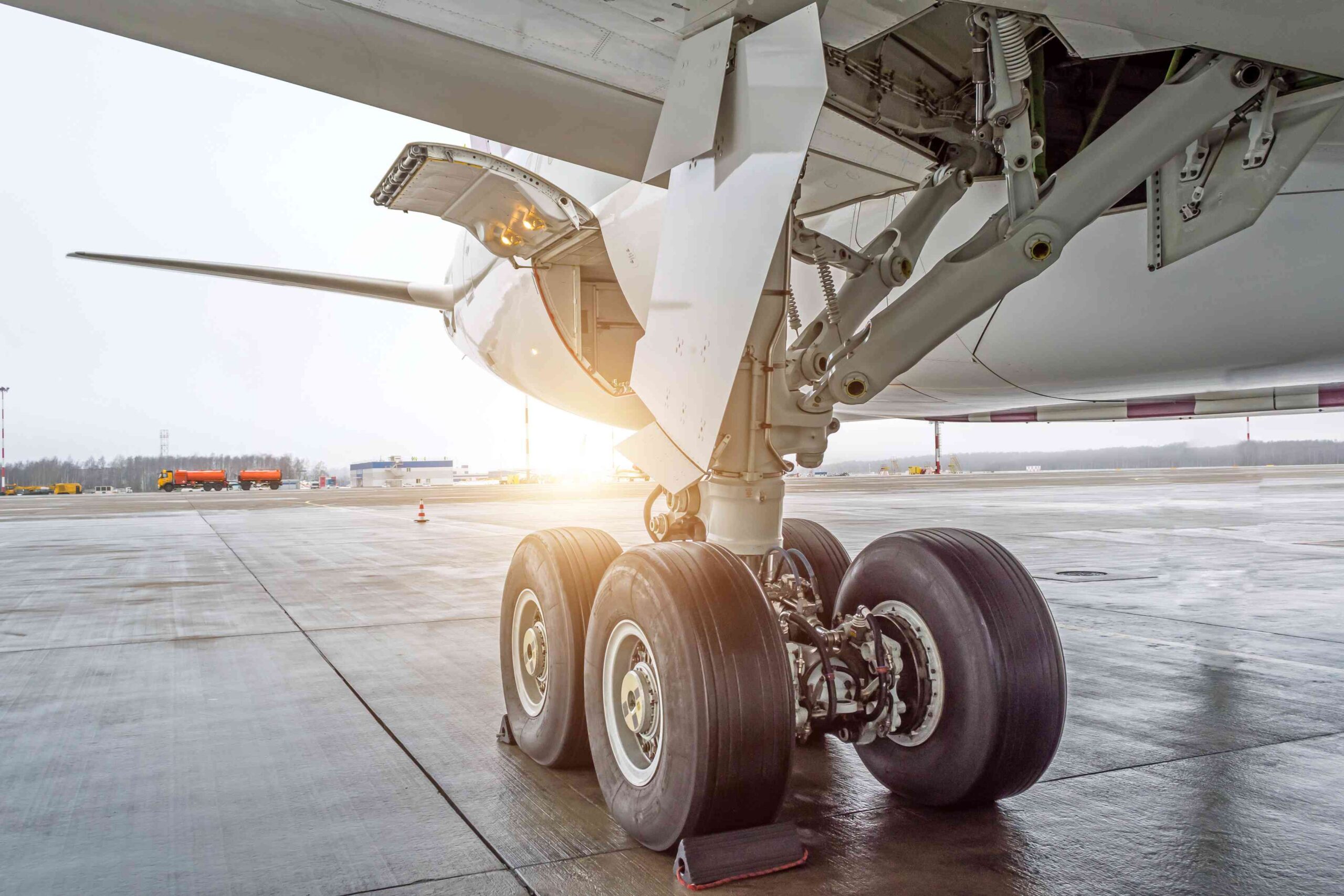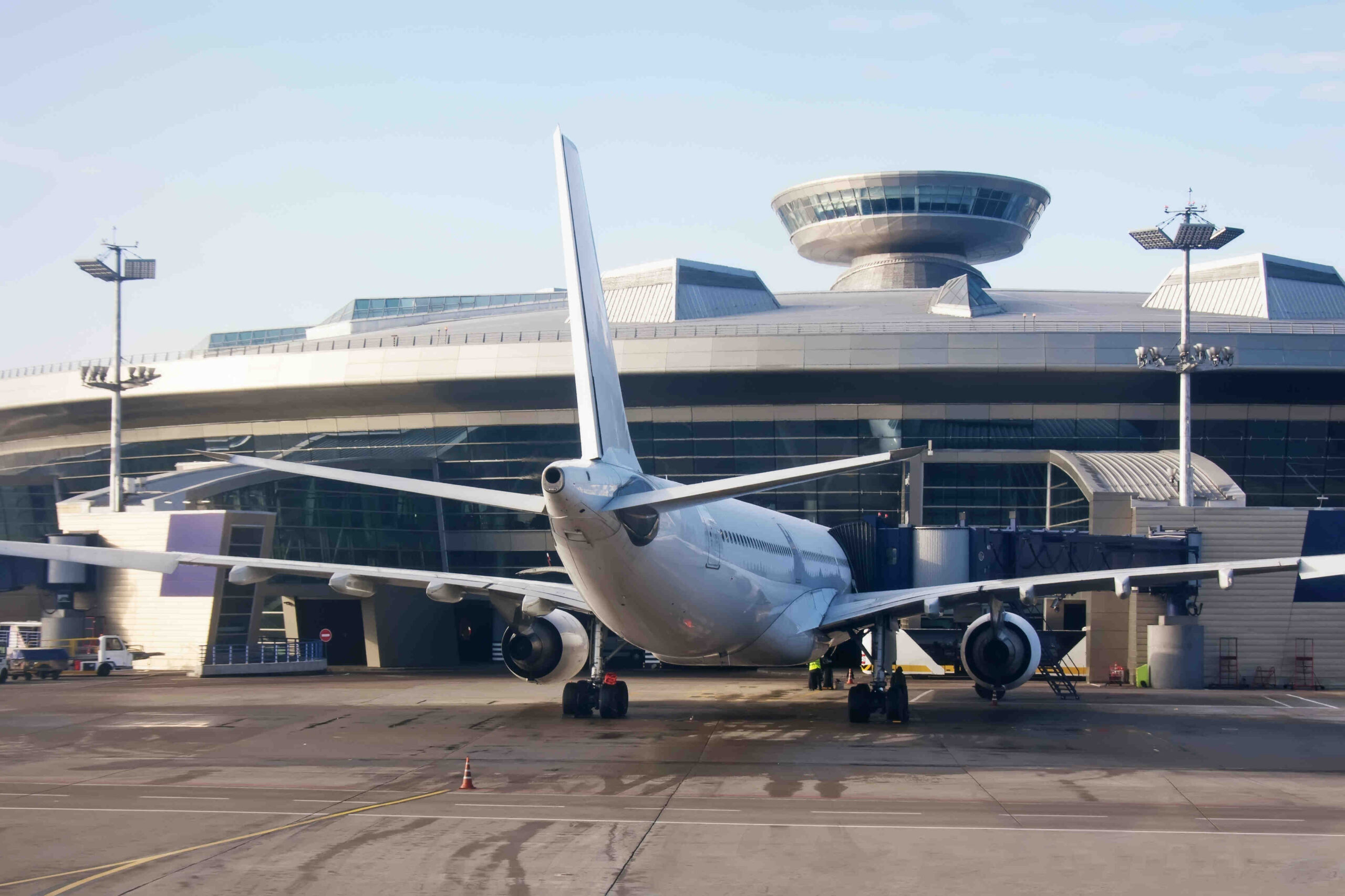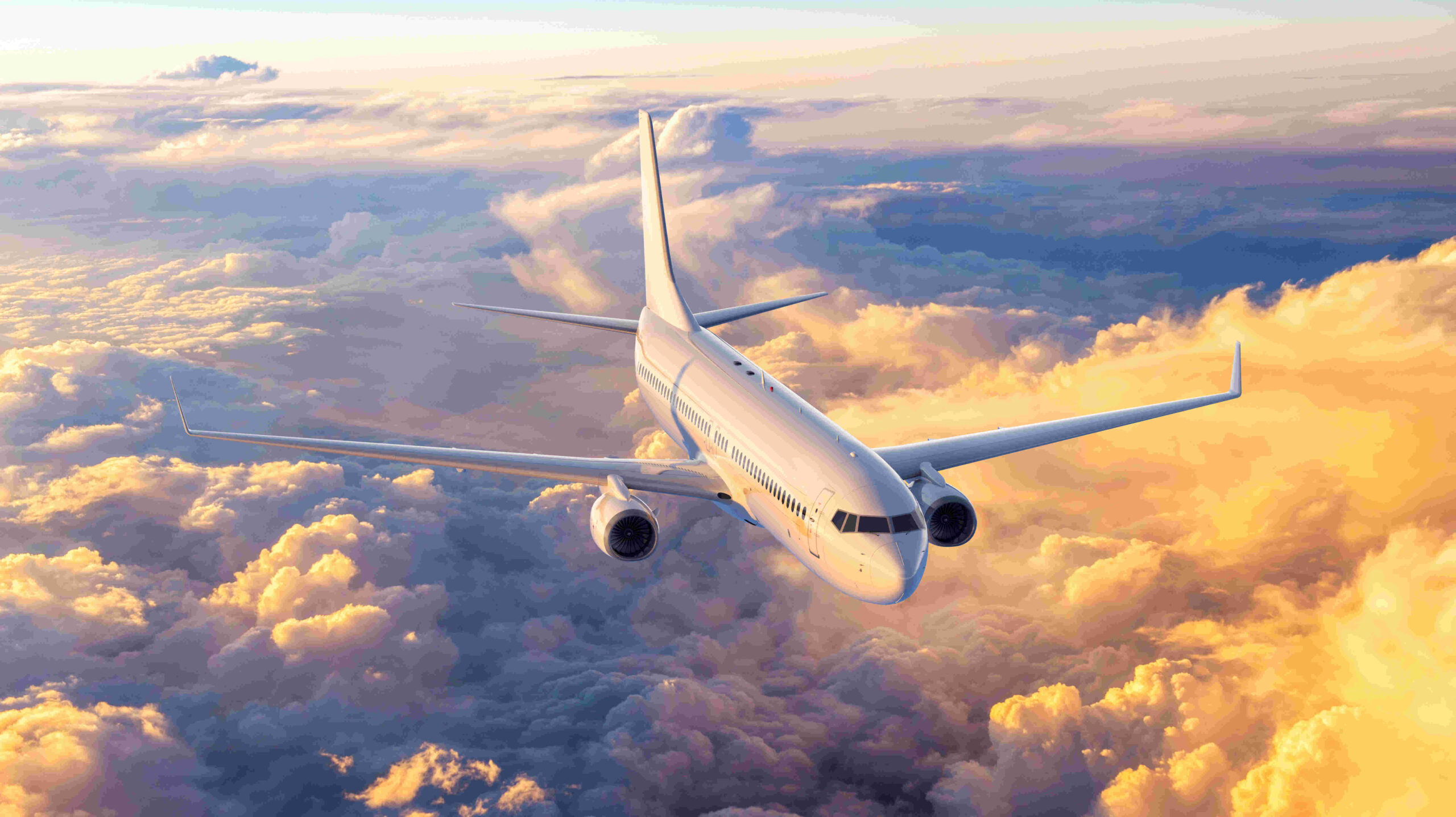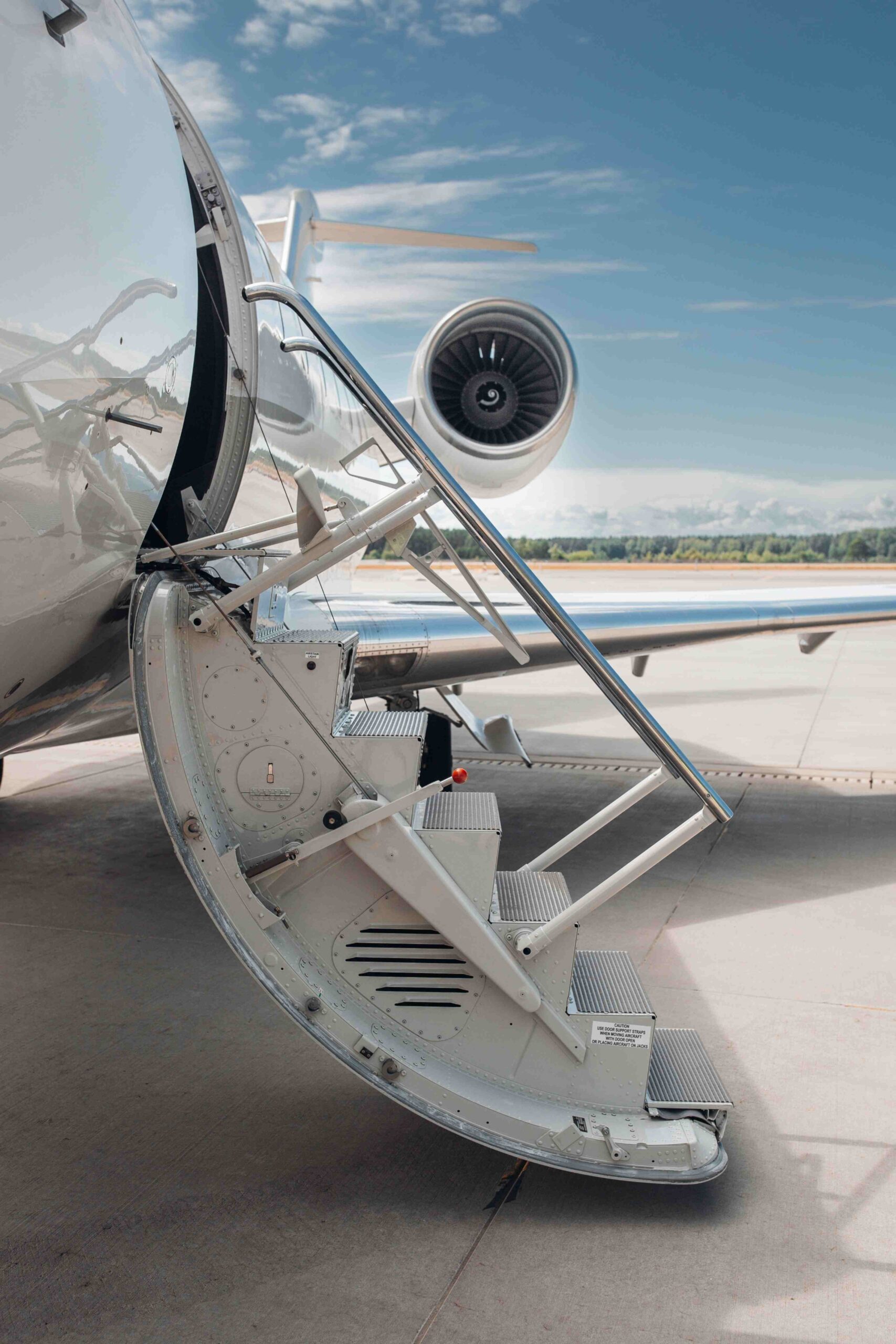Aircraft tyres are among the most durable components of an aircraft, designed to resist extreme conditions, from high speeds to sudden changes in temperature and pressure. The number of tires on a given aircraft depends on the aircraft’s weight, and they must be designed to ensure stability, optimum braking performance and efficient water dispersion on wet runways.
One of the most important differences between aircraft and car tyres is the materials used. Aircraft tires are made of extremely resilient composite materials that are designed to perform at extreme temperatures. As a result, they can withstand temperatures of up to 500 degrees Celsius, while standard automobile rubber ignites at around 260 degrees Celsius.
To prevent sparks, aircraft tires are equipped with special conductive strips to dissipate accumulated electrical charges. This is especially important during landing, when the wheels on touchdown “glide” along the strip before they reach the appropriate speed.
Jak często wymienia się opony w samolotach?
Aircraft tires must withstand hundreds of takeoff and landing operations before being replaced or retreaded. It is estimated that a single tire can endure up to 500 takeoff and landing cycles—an important factor considering both the high cost of aircraft tires and the time required for their replacement.
The pressure in aircraft tyres is much higher than in car tyres – starting at 200 PSI and going up to 320 PSI on fighter jets such as the F-16. What’s more, these tyres are filled not with ordinary air but with pure nitrogen. Why is this? Nitrogen is an inert gas, stable at extreme temperatures and under rapid pressure changes. Filling tyres with air could introduce components that react less predictably, increasing the risk of failure. In addition, the elimination of oxygen minimises the risk of explosion, increasing flight safety.
Systemy zapobiegania eksplozji w oponach lotniczych
Aircraft tires are also equipped with special safety features to prevent explosions, particularly during maximum braking scenarios. One such feature is the use of fusible plugs, which melt at high temperatures to gradually release internal pressure, thereby preventing a sudden tire rupture. This significantly reduces the risk of explosion and enhances the safety of flight operations.
The technology used in aircraft tyres is the result of decades of research and innovation – every component, from the material used to the infill, has been designed to handle extreme conditions.
The number and size of tyres used in aviation depends on the weight of the aircraft. The Airbus A380, the largest passenger jet, has 22 of them. However, the Antonov An-225, which was fitted with 32 wheels, remains unbeaten in terms of number. In terms of size, the record belongs to a tyre manufactured by Goodyear in the 1950s specifically for the B-36 bomber – it remains the largest aircraft tyre in history.
Aviation at Lazarski University
We encourage you to explore the intriguing world of modern aviation by reading our blog and enrolling in aviation majors at Lazarski Aviation Academy at Lazarski University.
Lazarski Aviation Academy
The place where dreams take off. We offer graduate, postgraduate and MBA studies for future pilots, aviation lawyers and managers.



